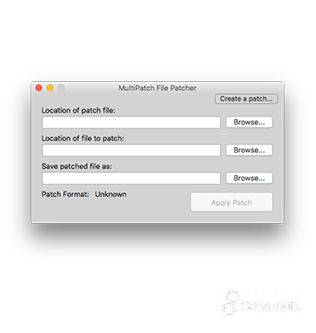

This comic suggests that there are many other projections than the 12 from the previous map projection comic, and Randall seems to have an entire list, of which at least 358 are "Bad Map Projections." The one presented here is #107 and is it called the "Liquid Resize." It is unclear if he includes the previous 12 in this list. Local maps of smaller areas can be quite accurate, but the idea of both these map projection comics is to map the entire globe on a flat surface. None of them are truly perfect as any 2D map projection will always distort in a way the spherical reality, and a map projection that is useful for one aspect (like navigation, geographical shapes and masses visualization, etc.) will not be so for all the others. Randall previously explored 12 different projections in 977: Map Projections, and expressed his disdain for some types he sees as less efficient but whose users feel superior. Each one will introduce a different type of distortion, and the best projection for a given situation is sometimes disputed. There is no perfect way to draw a map of the world on a flat piece of paper.
#Gnu patchtool series#
This turned into a series when 1799: Bad Map Projection: Time Zones (#79), was released just a bit more than a month after this one. This is the first comic in the series of Bad Map Projections presenting Bad map projection #107: The Liquid Resize. We observe that the patches were applied, and the new files are present in the build directory.Title text: This map preserves the shapes of Tissot's indicatrices pretty well, as long as you draw them in before running the resize.
#Gnu patchtool Patch#
We can ensure that our new patch is applied correctly during the build process:
#Gnu patchtool code#
The original source code folder remains completely unaware of our changes. Ls -la /home/buildbot/mypackages/examples/helloworldĪs we can see, the OpenWrt build system migrated our newly-created patch file into the folder where the package manifest is. In order for us to migrate the patch data that we just created into the package proper, we issue the following commands:Īt this point, we can review our handiwork by checking the content of our package feed folder, and the content of our original source code folder: In the OpenWrt build system, patches are created and modified in the source code directory, and then migrated over to the package that they belong to. Including the first patch into the package Since we are satisfied with these changes, we can issue quilt refresh to accept these changes as content of the patch. From the command output, we can observe that two completely new files have been added, and their new content is being shown. Write the following content into the file:Īt this point we should review the changes that Quilt has recorded so far by issuing quilt diff.

Make package/helloworld/Ĭreate the second file and begin modifying it with the following commands: Quilt -version Preparing the source codeĬreating a patch in the OpenWrt build system is very straightforward, but before we can start applying patches, we need to prepare our source code using a special option. To ensure that you can invoke the tool, you can simply issue: We added this directory to our path in the first chapter. The OpenWrt build system installs the 'quilt' tool into the 'bin' directory under the target-independent tools' folder. quiltrc file, which ensures that the patches you create follow the established standards of the OpenWrt build system.Īt this point it is a good idea to ensure that Quilt can be found from the PATH environment variable. Please review at least the first section in this page, as there is crucial information on how the create a. There is an existing page in the OpenWrt wiki describing the tool in more detail. In the OpenWrt build system, this change management is accomplished with a tool called Quilt.
#Gnu patchtool software#
Changing the application source code is especially common when using when porting software to run on a different computer architecture. During the life cycle of an application, from the initial design until the application is decommissioned, it often requires changes or fixes to the original source code or associated files in order to operate correctly.


 0 kommentar(er)
0 kommentar(er)
